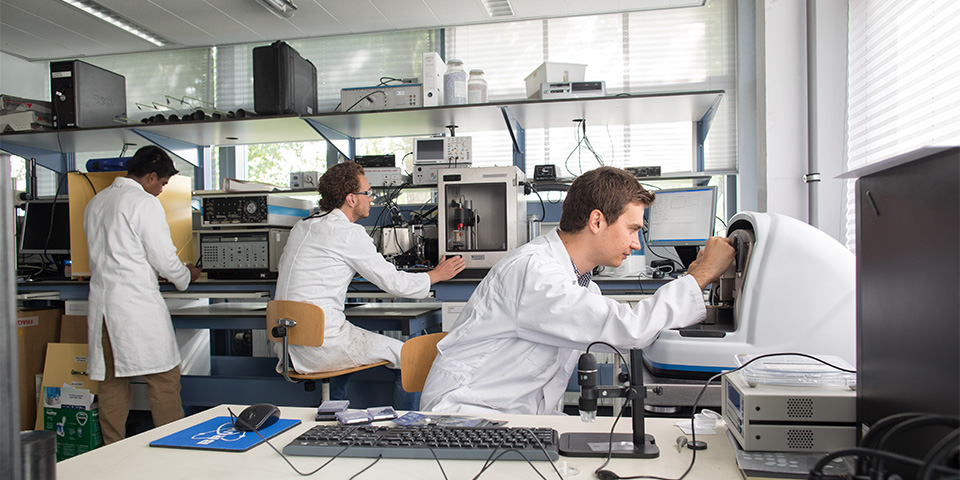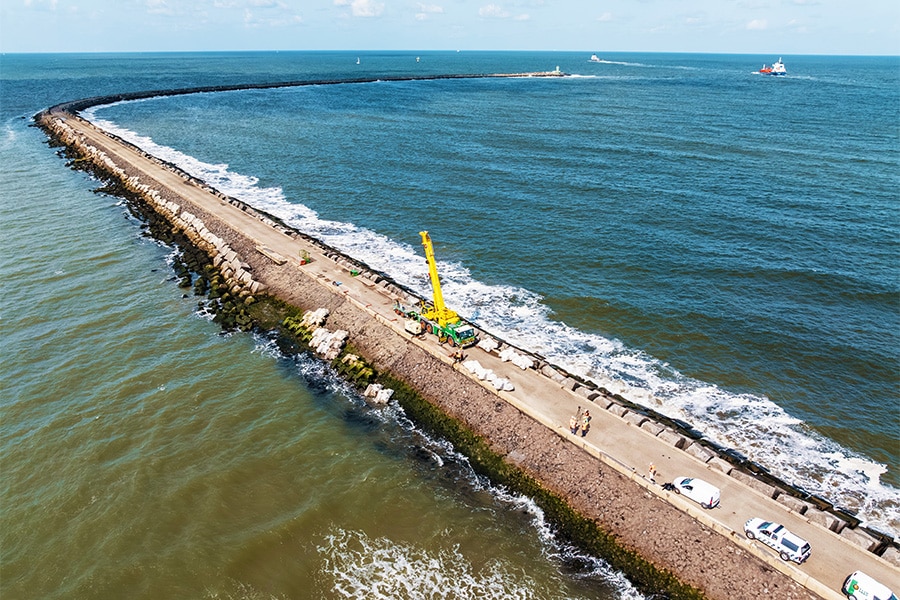
Corrosion protection: cheap is often expensive to buy
"Corrosion is a highwayman that can strike unexpectedly and with far-reaching consequences," says Prof. Arjan Mol, professor of corrosion technology and electrochemistry within TU Delft's Faculty of Mechanical Engineering, Marine Engineering and Technical Materials Science. "To prevent that, sound integrated project management is the key concept."
Gambling on the wrong horse can have catastrophic consequences. In the case of corrosion and corrosion protection, it is no different, it turns out. "The choices made in this area at the beginning of a construction process have an effect on the service life and maintenance sequences during the use of a structure," Mol said. "For example, low investment costs or ignorance can lead to high operational costs because the metal is not properly pre-treated or untreated or inferior metals are used. There is then underprotection of the structure. And sooner or later you get that back twice over during operation. For example, it can happen that the anti-corrosion coating peels off because the metal has not been properly prepared for paint application. Something that initially affects only the aesthetic character of a building. It gets worse when structural safety is at stake. Then failure can result in personal accidents or environmental damage. In short, cheap is often expensive. In the broadest sense of the word."

TU Delft is also considered a leading knowledge institute in the field of corrosion protection.
Solid base
To optimally protect a metal building structure from external influences, various techniques and systems exist today. However, proper corrosion treatment starts with the basics. "It is often thought that merely roughening the metal provides a good adhesion surface for the paint," Mol teaches. "But for good corrosion protection, not only the surface roughness is important; the surface chemistry also deserves full attention. There are several treatment agents on the market today that, in addition to the roughness, provide the ideal chemistry between paint and metal to ensure optimal adhesion. To achieve a durable solution for painted structures, a good mechanical prework should go hand in hand with a ditto chemical pre-treatment. Skimping on that is really a bad thing."
Task
Whereas chromate-based chemistry was often used for optimal corrosion protection in the past, current developments necessitate a search for less stressful solutions. "Hexavalent chromium is under pressure from international health and safety regulations," Mol said. "So there have to be alternatives for that. Together with industry, TU Delft, as a leading knowledge institute, is developing them. For example, when it comes to the interlayer, there are now zirconium- or trivalent chromium-based pretreatment systems that are promising. We are working hard on that. However, the development of such alternatives often goes hand-in-hand with industry developments. The role of academia, including TU Delft, is therefore to explain to the market how chemistry works. After all, unless forced, practitioners will never switch to other solutions unless they understand how new chemistry works and what it can deliver. That's where we have a nice job to do."



